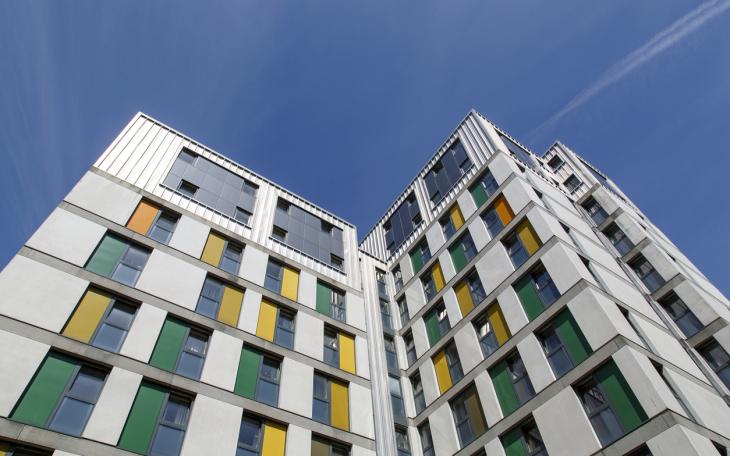Degrees of risk: The policy shifts impacting student housing

You wouldn’t necessarily think it based on some of the headlines we see – for example, a 14% rise in US student applications to UK universities (UCAS) or it being the top target for European investors (Savills) – but, while there’s a lot going for it, all is not rosy for the UK’s purpose-built student accommodation sector.
On the policy front, the government has briefed the Times on the next steps outlined in its recent immigration white paper. We’re expecting institutions to be limited in their recruitment of overseas students and, if they fail to improve, stripped of their ability to recruit them at all. The sentiment among the main UK political parties is firmly on cutting immigration, and that headlines are being grabbed by international student recruitment is not a good sign.
Between the government’s immigration reforms making international student recruitment more difficult, domestic fees barely having risen since 2012 and central investment reduced, the financial health of the sector isn’t brilliant (indeed, the Education Select Committee is currently holding an inquiry into it, the findings of which seem unlikely to be glowing).
This adds up to a very real risk to global perceptions of the UK’s PBSA sector.
But the fundamentals remain strong. The UK is an excellent place to be a student and – while controls are tightening – it still stands out compared to the USA, Australia and Canada. Demand for PBSA remains high, particularly among international students but also domestic ones who increasingly see the appeal of one single bill to cover their room, their gym, their community spaces and more – with PBSA developers looking to accommodate this through configurations that make amenity-rich PBSA more affordable.
All this is to say that one of the big winners of the post-pandemic real estate investment cycle can expect to continue attracting a significant proportion of investment.
But in this environment, competitive from businesses flooding into the sector to tap into the goldrush and volatile from the macroeconomic and political landscape, firms within the sector will need to do more to maintain their slice of the pie.
They’ll need to more carefully consider how to demonstrate the viability of their developments to investment partners. Institutional investors will be more cautious on where they deploy capital, and experienced developers and operators, those with a track record and clear strategy, will perform the best.
They’ll need to better identify and map out their stakeholders and risks, shaping their engagement policies. One reason for the policy hurdles facing the sector is because, traditionally, firms have avoided sitting at the table and engaging in policy discussions. That is not a sustainable approach.
And they’ll need to make a better case for how PBSA contributes to the whole. That’s in part the £40+ billion a year that a single cohort of international students brings to the UK economy (according to Universities UK). That’s in part the opportunity to live in safe, well-amenitised spaces during some of the strangest years of a young person’s life. That’s in part the social benefit that students can bring to a neighbourhood.
Get that right and the sector will have as bright a future as the students to whom they provide homes.








